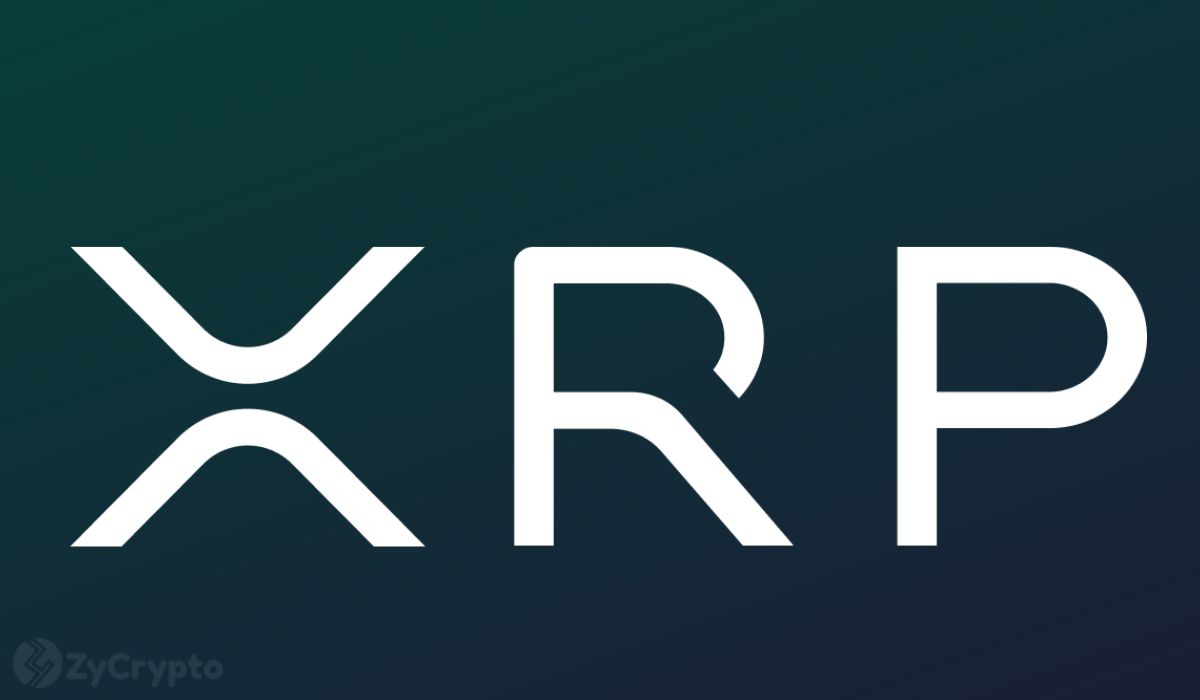The decentralized finance (DeFi) ecosystem is once again grappling with significant fallout, as Stream Finance, a protocol lauded for its innovative “risk curator” model, has publicly confirmed its operational collapse. Emerging on November 6, 2025, the news has sent shockwaves, forcing a critical re-evaluation of risk management frameworks within DeFi. Stream Finance’s demise isn’t merely the failure of a single platform; it’s a stark reminder of the inherent vulnerabilities that persist in even the most sophisticated decentralized applications, challenging the very notion of automated, trustless risk assessment.
The Promise and Peril of Stream Finance’s “Risk Curator” Model
Stream Finance entered the DeFi scene with an ambitious value proposition: to act as a sophisticated “risk curator,” meticulously analyzing and managing diverse DeFi investment strategies on behalf of its users. The protocol aimed to democratize institutional-grade risk assessment, offering optimized yield generation while supposedly mitigating exposure to market volatility and smart contract risks. Its model relied on complex algorithms and an oracle network designed to dynamically adjust capital allocation across various lending pools, liquidity provisions, and yield farms based on real-time risk scores. Many saw it as a path to making DeFi safer and more accessible for both retail and institutional investors.
- Automated Risk Assessment: Utilized AI and machine learning to score and manage risk across DeFi protocols.
- Diversified Yield Strategies: Allocated user funds to various pools to optimize returns and spread risk.
- Simplified User Experience: Aimed to abstract away the complexity of active DeFi portfolio management.
- Institutional Appeal: Positioned itself as a professional gateway for larger capital into DeFi.
Unpacking the Meltdown: Flaws in the Digital Fabric
While the full autopsy of Stream Finance’s collapse is still underway, preliminary reports suggest a confluence of factors, primarily rooted in the overconfidence placed in its automated risk models. The protocol’s exposure to certain volatile, illiquid assets, combined with what appears to be a flaw in its liquidation mechanisms during a period of unexpected market turbulence, triggered cascading failures. When a key underlying asset experienced a rapid price decline, Stream’s “curator” logic reportedly failed to de-risk sufficiently, leading to significant unrealized losses that quickly spiraled into insolvency.
- Algorithmic Miscalculation: The automated risk models proved insufficient against unforeseen market conditions.
- Illiquid Asset Exposure: Over-reliance on or concentration in assets lacking deep markets exacerbated losses.
- Inadequate Liquidation Cascades: The protocol’s ability to unwind positions swiftly and efficiently was compromised.
- Lack of Human Oversight: The purely automated nature may have prevented timely, discretionary intervention during critical junctures.
The Winners and Losers in the Aftermath
The immediate losers are undoubtedly the users and institutional partners who entrusted their capital to Stream Finance, facing substantial, if not total, losses. This event casts a long shadow over the credibility of “DeFi risk curator” models, potentially dampening innovation in this specific niche for the foreseeable future. However, there are also “winners” – not necessarily those who profited, but those who maintained a cautious stance or adhered to more conservative, battle-tested risk management strategies. Competitor protocols emphasizing transparency, rigorous manual oversight, and a more diversified, less-automated approach to risk may now find themselves in a stronger position, having been validated by Stream’s failure.
- Losers: Investors, institutional partners, the “risk curator” sub-sector’s reputation.
- Winners: Protocols with transparent, audited, and more conservative risk management; skeptics of fully automated risk curation.
Broader Implications for DeFi Security and Trust
Stream Finance’s collapse serves as a crucial, albeit painful, lesson for the entire DeFi ecosystem. It underscores the critical need for meticulous smart contract auditing, resilient oracle infrastructure, and, perhaps most importantly, a healthy skepticism toward entirely automated “black box” risk management solutions. For institutional players eyeing deeper integration with DeFi, this incident will undoubtedly fuel demands for greater transparency, robust insurance mechanisms, and clearer regulatory guidelines. The incident is likely to accelerate discussions around hybrid models that combine decentralized technology with elements of traditional financial oversight and due diligence.
Conclusion
As November 2025 draws to a close, the fallout from the Stream Finance meltdown is a stark reminder that innovation in DeFi must be tempered with pragmatic risk assessment and a deep understanding of market dynamics. While the promise of automated risk curation remains compelling, this incident highlights that the technology is still maturing. The industry must learn from this reckoning, prioritizing transparency, resilience, and user protection to rebuild trust and pave the way for a more secure and sustainable decentralized financial future.
The post Stream Finance Meltdown: What the ‘Risk Curator’ Reckoning Means for DeFi’s Future appeared first on FXcrypto News.














![Crypto News Today [Live] Updates November 7,2025](https://image.coinpedia.org/wp-content/uploads/2025/10/10162458/Crypto-News-Today-Live-Updates-October-10-1024x536.webp)




 24h Most Popular
24h Most Popular


 Utilities
Utilities